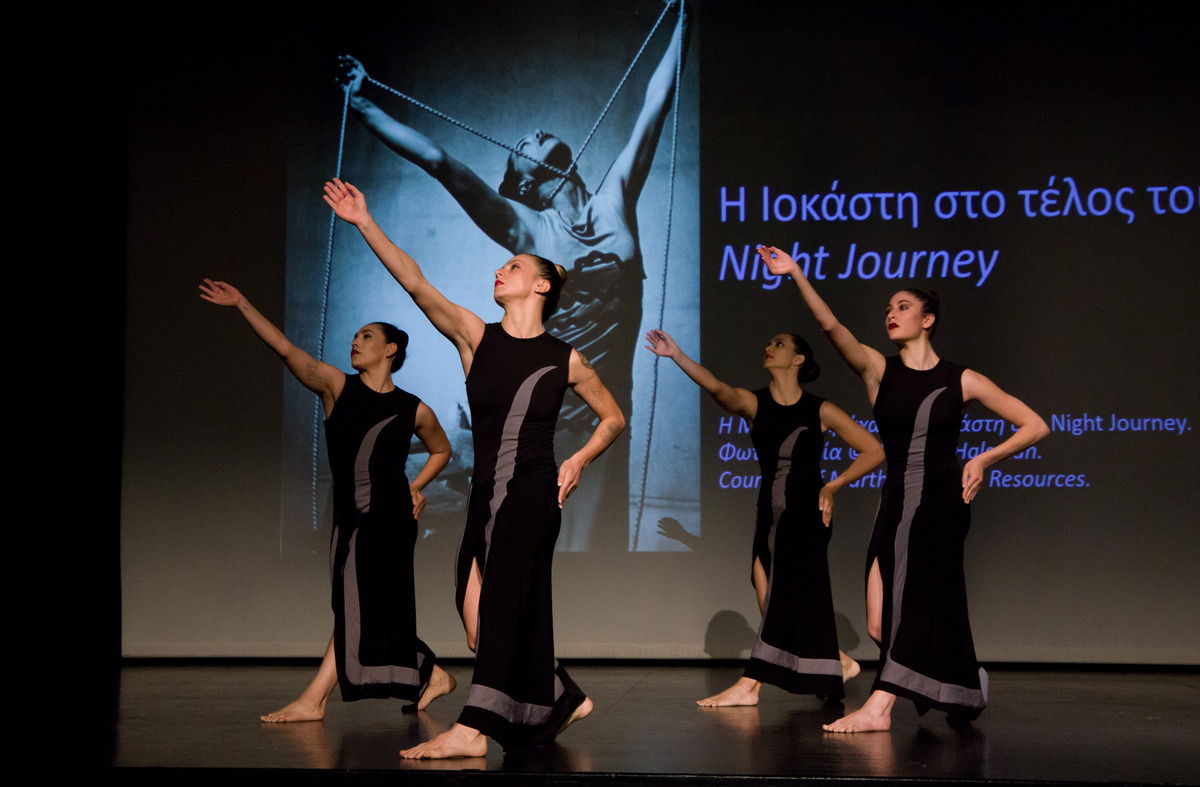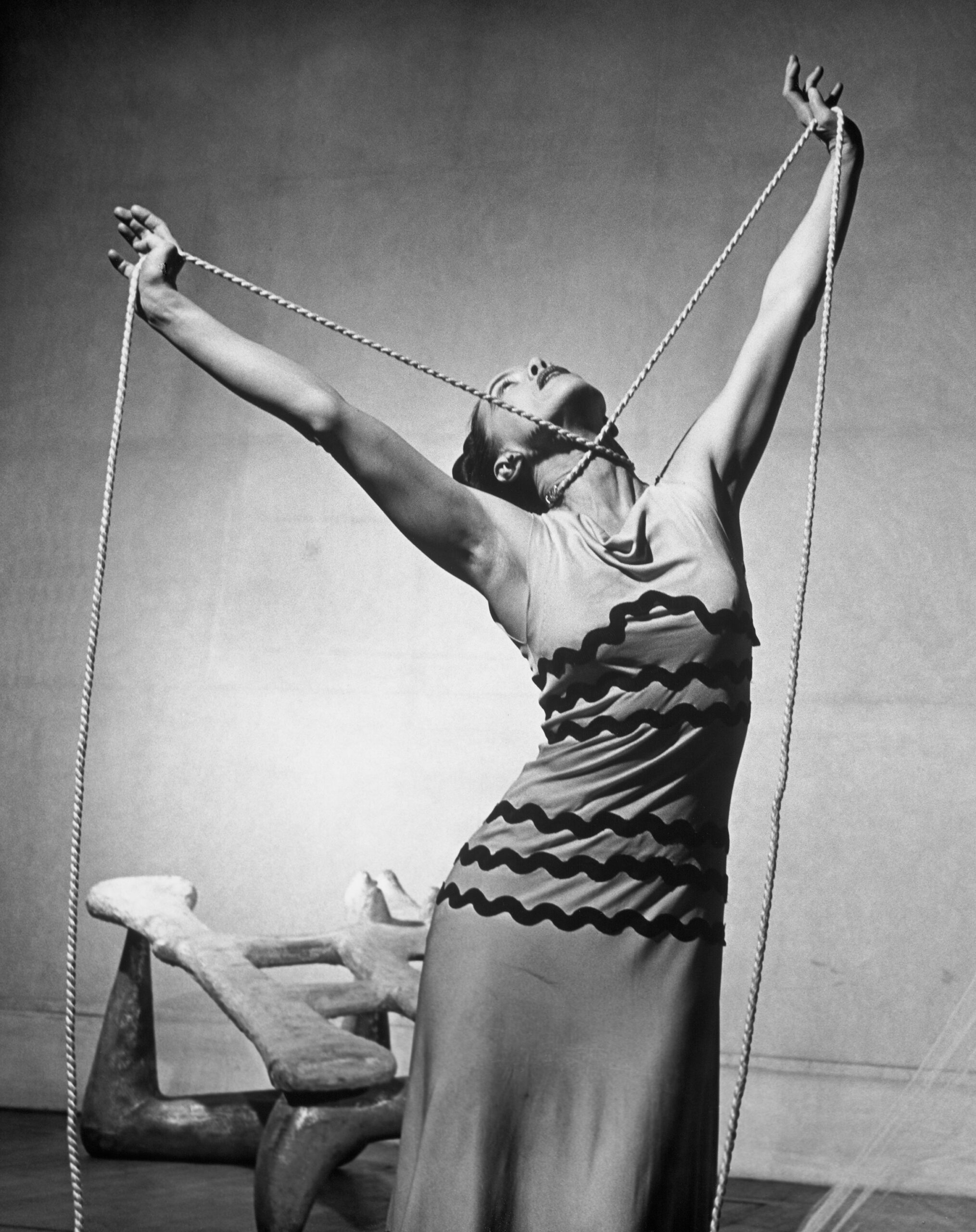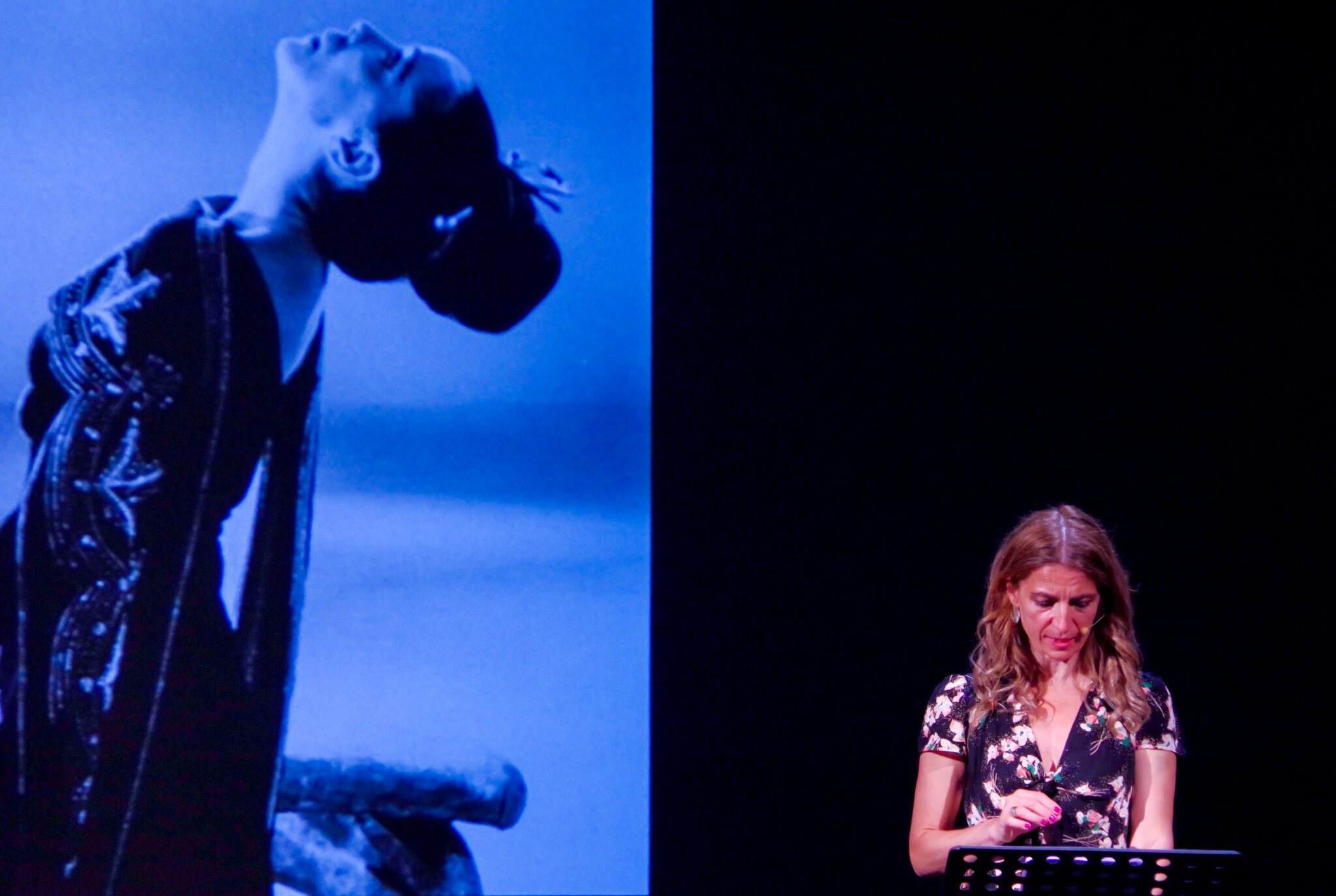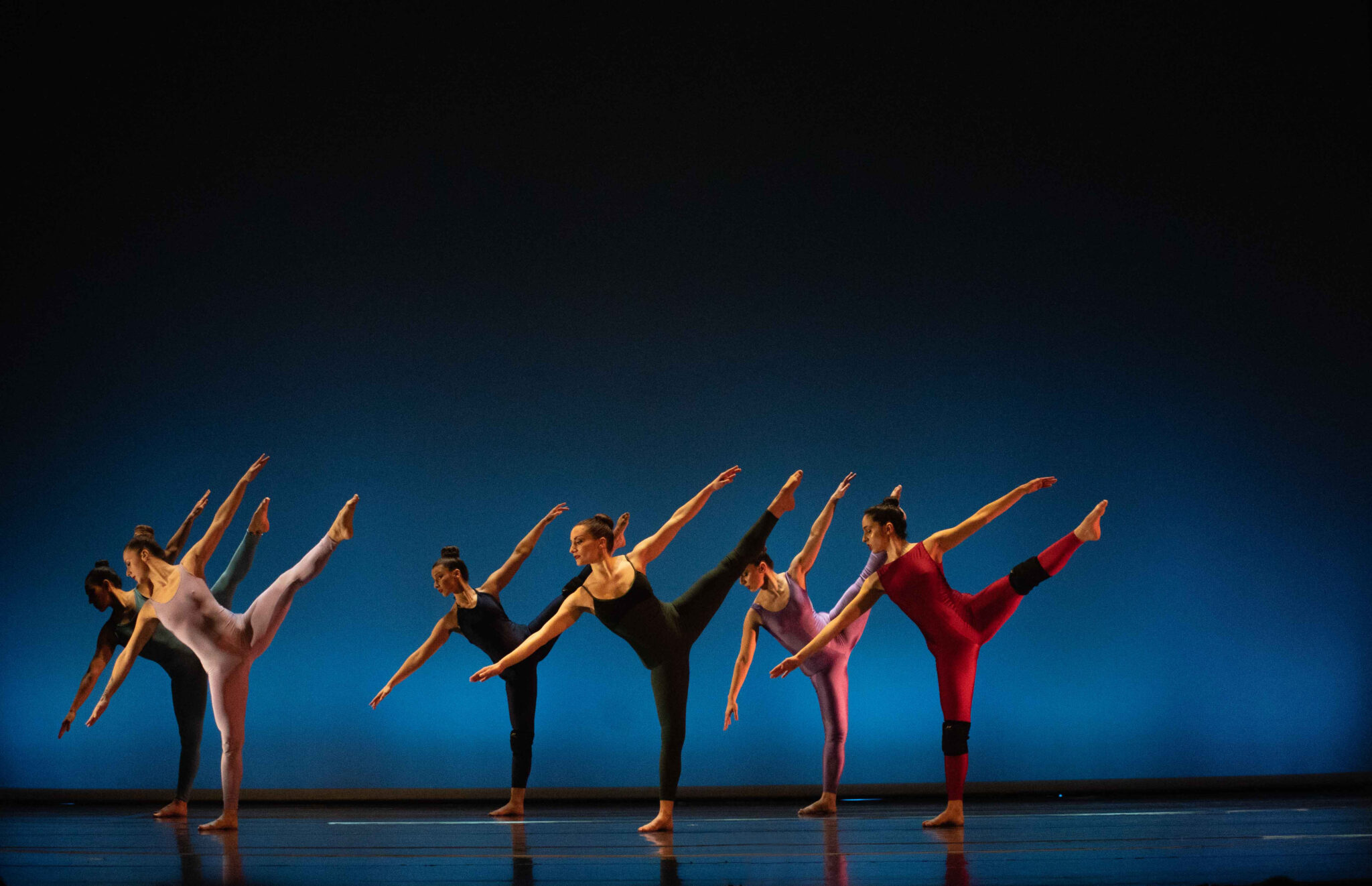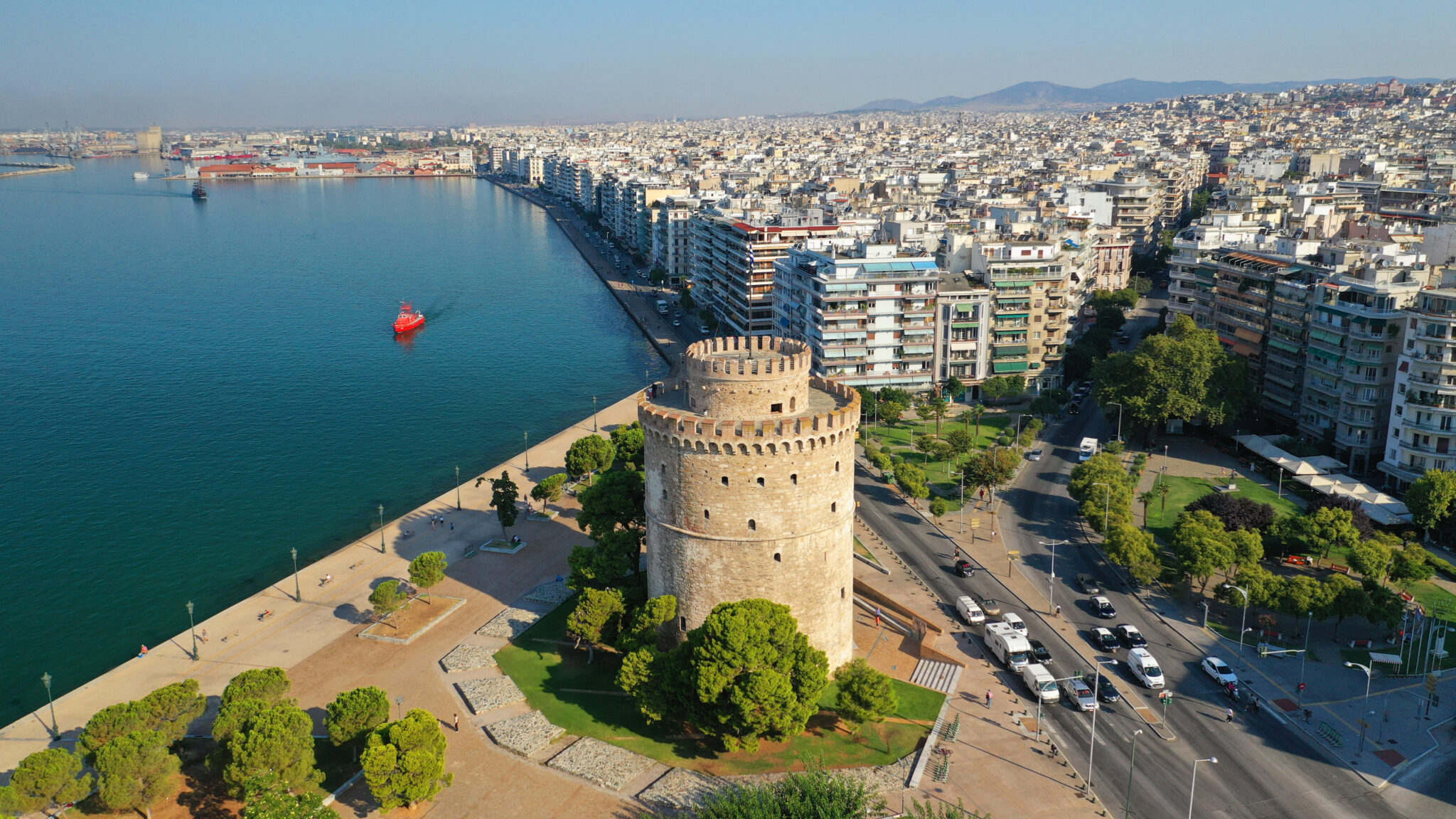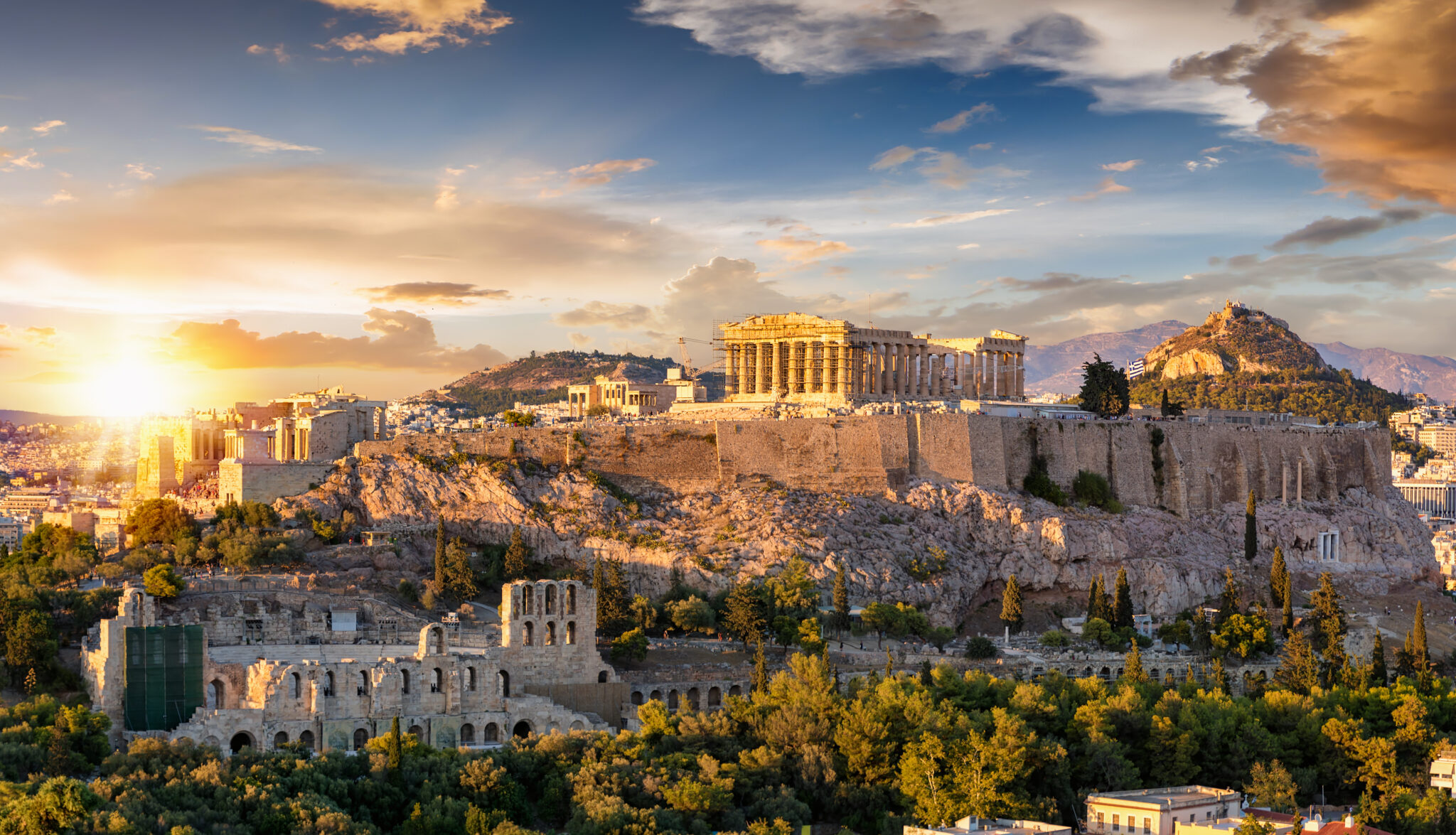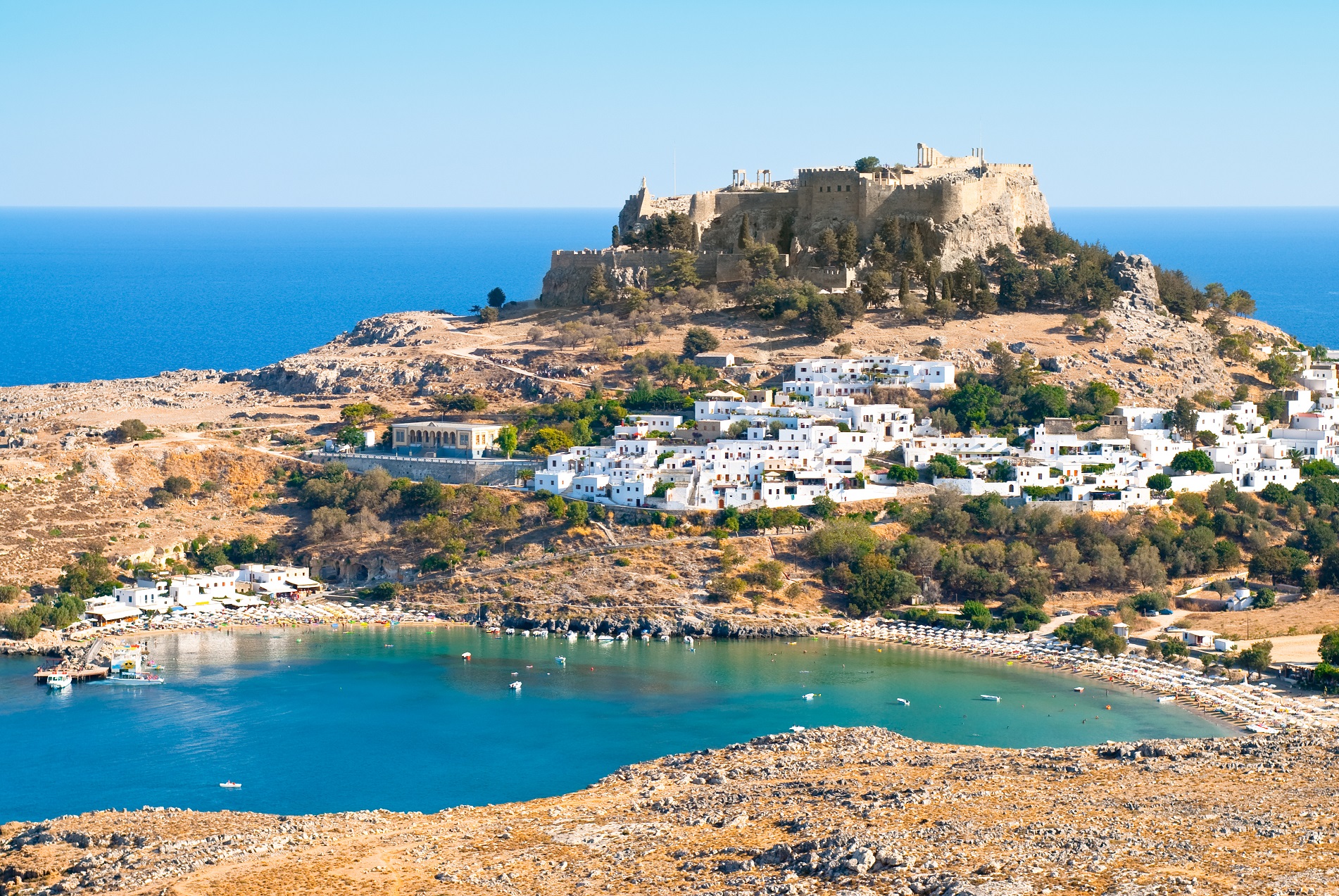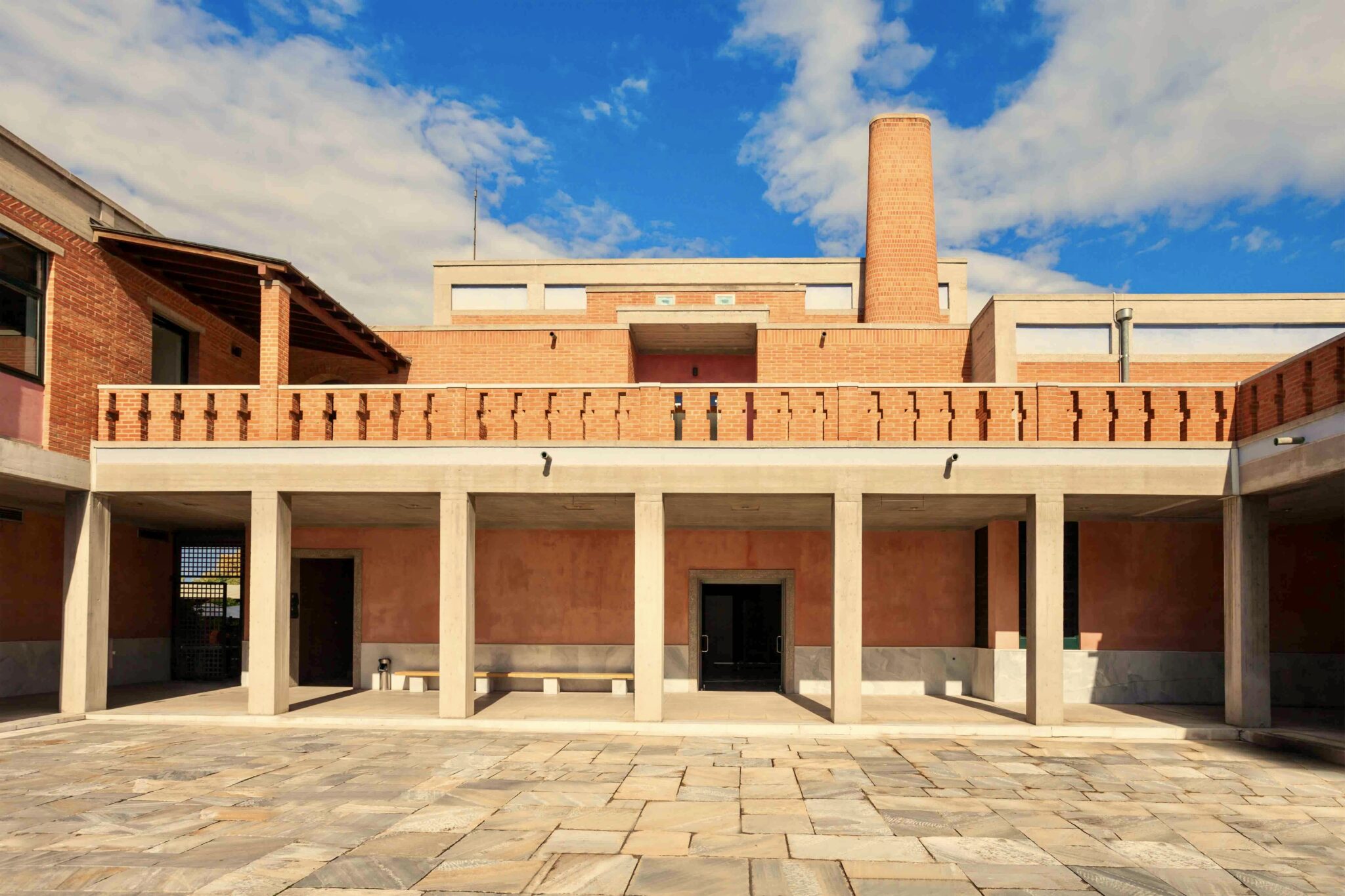A large part of the American artist Martha Graham’s prodigious and revolutionary body of work was inspired by the stories and culture of the Ancient Greeks. Living in the 20th century and the time of women’s emancipation, she turned to Greek myth as a way to explore the psychology and emotions of women.
Graham found particular interest in the female heroes of Greek tragedy and created 18 complete works inspired by the Ancient Greeks, re-imagining the myths from the point of view of women and developing unforgettable renditions of Medea, Jocasta, Clytemnestra, Ariadne, Phaedra, Circe, Hecuba, Cassandra, Iphigeneia, Electra, and Helen.
The project, “Martha Graham and Greek Myth”, conceived and created in 2022 by Nina Papathanasopoulou, a Professor of Classical Studies specialising in Ancient Theater and Greek Mythology, explores the deep and intricate connection that Graham created with Ancient Greece. Created in collaboration with acclaimed Graham technique instructor and choreographer Penny Diamantopoulou, the project combines the study of Greek literature with modern dance, aiming at reawakening public interest in Greek myth and promoting appreciation for the value of modern dance. It consists of a series of performances that integrate live dancing, photographs, images of ancient and modern artwork, and excerpts from ancient texts into an informative talk about Graham’s own reimaginings of Greek myth.
The work of Martha Graham has been performed internationally since 1950 and has long been celebrated by Europeans. In Greece in particular, the Martha Graham Dance Company first performed in 1962 and has performed occasionally ever since. The Graham dance technique is taught in most of the country’s professional dance schools, and it has for a long time formed a core part of the dance training offered at the Greek National School of Dance and the Greek National Opera Professional Dance School.
Greek tragic playwrights were particularly inspiring to Graham, as Greek tragedies study human nature by placing mythical heroes in extreme situations where they face difficult dilemmas and experience tremendous suffering. Medea, for example, is torn between her desire for revenge and her love for her children, while Agamemnon finds himself having to decide whether he should save his army or his own daughter. Inspired by these dilemmas, and by the fear and suffering experienced by Greek tragic heroes, Graham experimented with ways of expressing these thoughts and emotions through dance and drew attention to the mortality and fragility of human nature.
Greek audiences have enjoyed the opportunity to see Papathanasopoulou’s “Martha Graham and Greek Myth” presentations in Athens, Corfu, Kalamata, and Syros. Coming up soon, on September 22 and 23, the project will be presented in Thessaloniki. The presentations made until today have received such acclaim and enthusiasm that Graham for Europe, an organization aimed to promote and honor Graham’s legacy in Europe, invited the group to perform their project as the closing event of their International Summer Intensive in Paris, France in July of this year.
“What happens when we put 20th century America and Europe into dialogue with Ancient Greece and classical philology with modern dance?” says Papathanasopoulou. “It turns out that these diverse fields have a lot to offer each other! The combination itself gives large numbers of people an entry point to the subject matter and makes both fields accessible and relevant to the public at large. Graham’s revolutionary approach provides new readings to the ancient stories while Greek myth adds value to Graham’s work and connects it to our collective past.”
“Martha Graham and Greek Myth” will perform at the Theater Avlaia in Thessaloniki on September 22 and 23 at 21.00. For tickets, see here.



